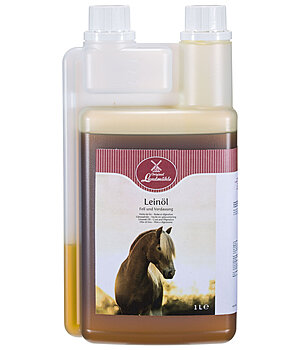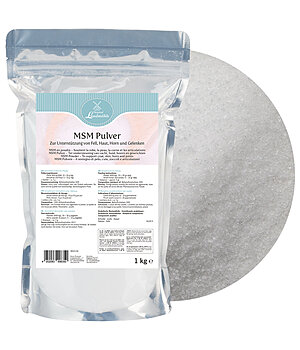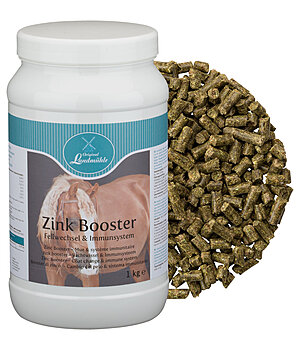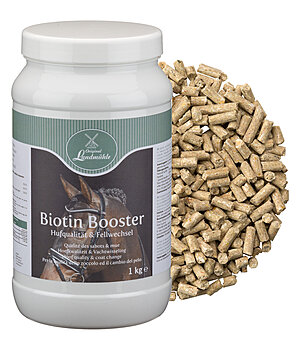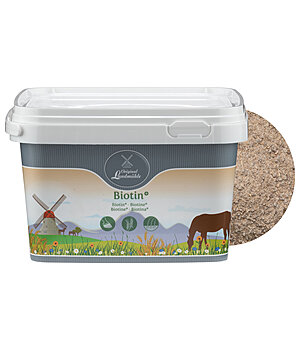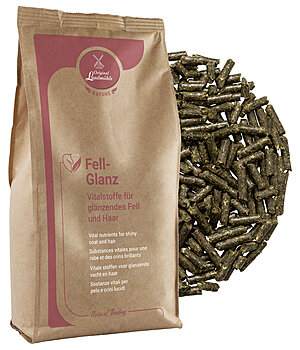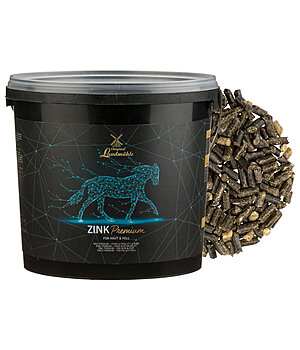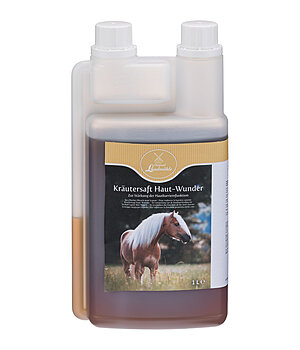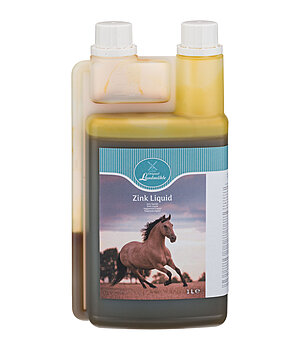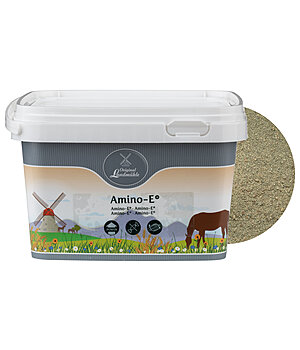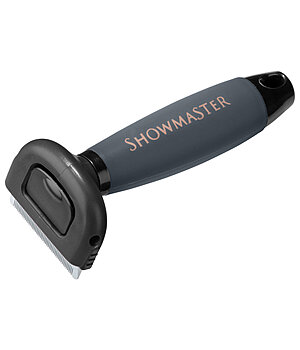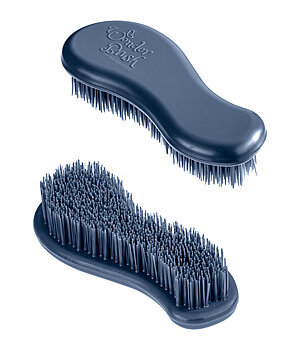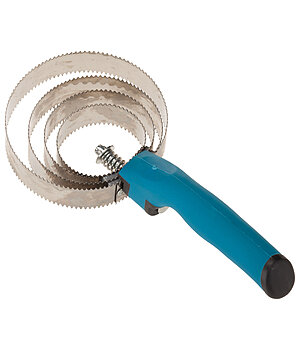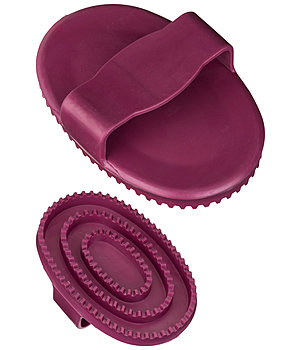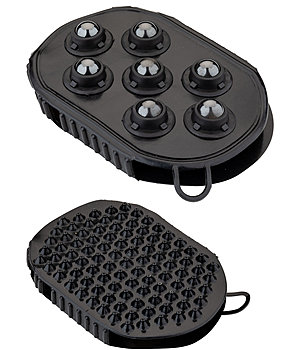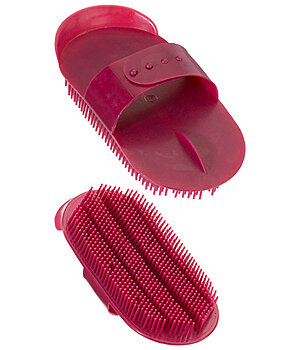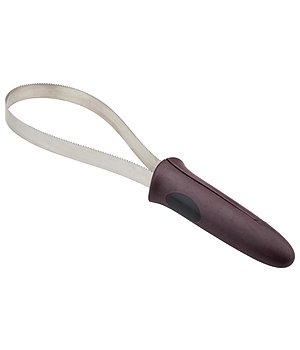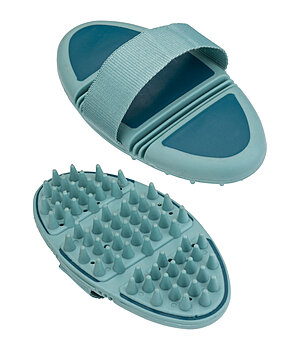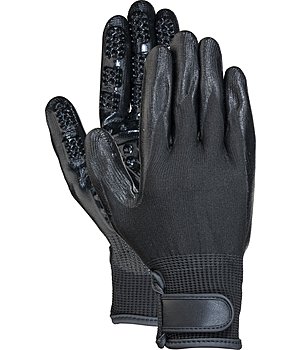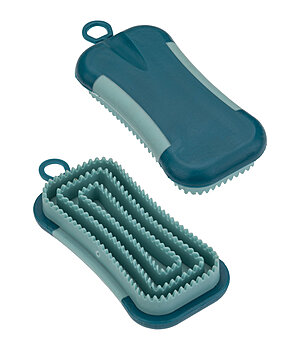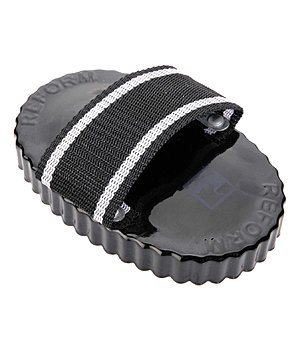Coat change of the horse
For horses, the coat change, which takes place twice a year, is a physical strain that should not be underestimated. The metabolism is working at full speed to produce the coat, and the horse’s nerves are on edge, as the shedding hair can cause severe itching. Find out how you can make this hairy time easier for your four-legged friend in our guide.

When does the coat change take place?
The start of the coat change is on the days of the winter and summer solstice. While the days become longer from 21 December, the length of the day shortens again from 21 June. With the pineal gland, which is responsible for the release of the sleep hormone melatonin, the brain of our horses has a sensor for the length of daylight. When the days become longer or shorter, hormones are emitted from the pineal gland that stimulate the production of the new coat.
Until the change of coat becomes visible to us, 2-3 months can pass since the beginning inside the body, because only when the new coat is reproduced, the extreme hair loss of the worn-out coat occurs. The condition of the new coat depends, among other things, on the breed, the type of husbandry, but also on the weather. As the change of coat is often accompanied by a loss of nutrients and demands a lot from the organism, the period is particularly challenging for previously ill or older horses.
Phases of the Coat Change
1. Growth Phase: The hair takes about 4 months to grow to its full length. During this phase, any nutritional deficiencies become noticeable, as the hair needs nutrients to grow.
2. Resting Phase: The hair is resting, it does not need any nutrients in this phase.
3. Replacement Phase: The existing hair is loosened by the new hair that is growing in.
4. Hair Loss: The old hair falls out, making room for the new hair.
Important tips for the change of coat:
As a rule, it is quite sufficient to help the horse get rid of the dead hair more quickly with daily grooming sessions. Nevertheless, you should pay attention to a few things during the coat change period:
- Regularly check the condition of your horse’s skin: during the shedding period, horses are more susceptible to fungal or parasitic infestations.
- Pay increased attention to your horse’s health: the immune system can be severely weakened and the horse becomes more susceptible to illness and infection in general.
- Avoid wet washes: due to the enormous amount of (dead) coat, the drying time after a horse wash is prolonged. Moisture and shampoos change the skin flora, which plays a major role in the defence against skin infections, especially during the change of coat.
- Help in an emergency: older or chronically ill horses find it difficult to shed their winter coat, especially in spring. If the horse sweats excessively due to rapidly rising temperatures, it should be helped with a horse shave to avoid circulatory problems.
Based on the composition of the hair: What feed should I use during coat change?
In spring, the thick, long-haired winter coat falls out and is replaced by short summer hair. In autumn, the plush coat is then shed again. Depending on the breed, horses have a more or less dense and long winter coat. Breeds such as Icelandic horses or Irish Cobs, for example, develop a thicker winter coat than Quarter Horses or Warmbloods. This means that the need for minerals that support the change of coat also depends on the breed.
Hair is made up of 80% keratin (protein) and 10-15% water. The remaining 5-10% is made up of pigments (hair colour), minerals (zinc, copper, sulphur) and fats. Based on this composition, the supply of minerals is also organised, which we will look at below:
Keratin
Keratin is a very strong and flexible substance found in the coat, mane and tail as well as in the hooves. It is simultaneously elastic and tear-resistant, which is particularly noticeable in the horse’s long hair.
As the hair consists largely of the protein keratin, the supply of amino acids is essential. Proteins are also important for building and maintaining muscle mass in horses. Horses whose metabolism consumes more than it takes in often lose weight during the shedding season. This is particularly true for poor doers and older horses. For these horses, it can be useful to supplement feed with alfalfa – a protein-rich horse feed – during the coat change period.
B7 Vitamin Biotin
Biotin supports the formation of keratin and should therefore be included in the diet during the coat change. It is also involved in the smooth metabolism of proteins and carbohydrates, making it an important vitamin during the coat change.
A lack of biotin manifests itself in brittle, dull hair and cracked hooves. In this case, the nutrient gap can be closed with a biotin treatment. Biotin is often administered together with zinc, as the two interact and complement each other.
Zinc
As a component of hair, zinc is involved in the healthy growth of hair and hoof tissue. For horses with a thick or long coat, a zinc supplement can therefore fulfil the increased requirement during the coat change period.
In addition to biotin, zinc also interacts with vitamin A, which also contributes to skin health. This can be synthesised by the horse during the grass-free period by eating carrots with a dash of linseed oil. Linseed oil with its omega fatty acids also ensures healthy skin and a shiny coat.
Copper
The trace element copper contributes to hair pigmentation. Horses that are deficient in copper will show a loss of pigmentation, particularly around the eyes . Copper is not always sufficiently covered by the basic feed, but is contained in various supplements for skin and hair.
When supplementing copper, care must be taken, as an excess of copper can inhibit the absorption of zinc and thus provoke a zinc deficiency. Therefore, always follow the manufacturer’s feeding recommendations.
Vitamin E
Last but not least, you should keep an eye on your vitamin E supply. Vitamin E is an antioxidant that counteracts cell and hair follicle stress. It ensures that the hair is firmly attached to the hair root and promotes healthy hair growth.
The right feed for coat change
All in all, the horse should be adequately supplied with all the necessary trace elements all year round. As the change of coat does not just begin when the coat falls out, the supply must be ensured all year round. A high-quality, organic mineral feed is suitable for this. During the coat change period, however, it can be useful to support the horse with zinc and biotin treatments to help it develop its new coat. Additional support with appropriate minerals and vitamins should take place between the end of July and November for autumn and between January and May for spring.
In our detailed horse feed guide we show you what is important in feeding horses according to their needs, so that your horse is sufficiently supplied for the coat change.
Careful dehairing with coat change aids
During the change of coat, our horses lose a lot of hair. By removing as much of the winter coat as possible during daily grooming, you can actively support them in this process and prevent itching and dandruff. Daily grooming also stimulates blood circulation, which in turn stimulates hair growth.

to Selected horse coat products
Removing horse hair from textiles
Once the hair has been removed from the horse’s coat, it often gets stuck in the rider’s clothing. Practical aids such as animal hair removers or animal hair and lint brushes, which can be used to easily remove loose hair from clothing, car seats and horse rugs, can help here.




